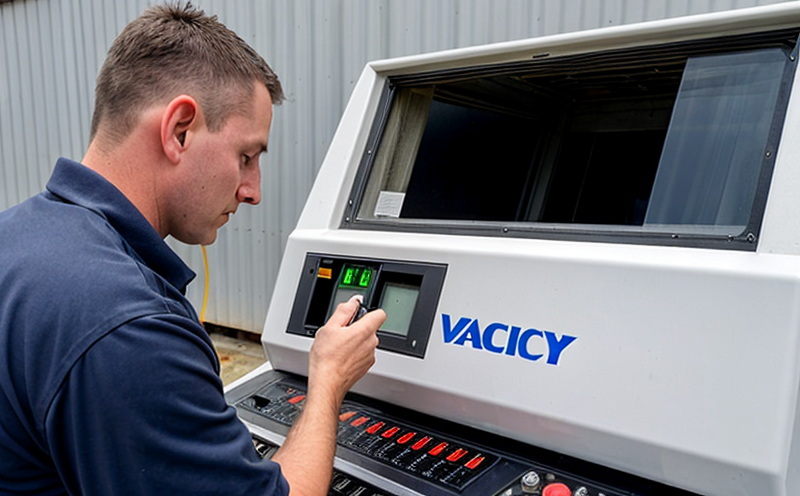Air velocity inspection
Understanding air velocity is crucial in HVAC and ventilation systems, as it directly impacts energy efficiency, occupant comfort, and overall system performance. Air velocity refers to the speed at which air moves through a duct or space. Properly measuring and inspecting these velocities ensures that the HVAC system operates within optimal parameters.
During an air velocity inspection, various factors are considered to ensure accurate measurement. These include the type of flow meter used (such as pitot tubes, hot wire anemometers, or laser velocimeters), the position of the probe within the ductwork, and the calibration standards employed. The accuracy of these measurements is essential for maintaining compliance with relevant industry standards such as ISO 9237.
The inspection process involves several steps aimed at ensuring consistent and reliable data collection. First, the technician identifies the appropriate points in the HVAC system where velocity checks are necessary—typically near supply and return vents or critical areas like bends and branches. Once these locations are identified, precise measurements are taken using calibrated equipment.
After gathering initial readings, further adjustments may be required based on findings from previous inspections or changes made to the building’s layout or HVAC configuration. This ensures that all aspects of the system operate efficiently and effectively according to design specifications.
Accurate air velocity measurements play a vital role in diagnosing issues within HVAC systems. For instance, if velocities are too high, it could indicate improper fan settings leading to increased energy consumption; conversely, insufficient velocities might suggest blockages or obstructions requiring immediate attention.
The importance of regular inspections cannot be overstated, especially considering the long-term benefits they provide in terms of reduced operational costs and improved indoor air quality. By identifying potential problems early on through thorough inspections, facilities managers can prevent costly repairs down the line while ensuring their buildings meet all necessary regulatory requirements.
Benefits
The benefits of conducting regular air velocity inspections extend beyond mere compliance; they offer substantial advantages for facility operators and occupants alike. Regular inspections help maintain optimal comfort levels by ensuring proper airflow throughout the building, which is critical for maintaining a comfortable indoor environment.
Efficiency improvements are another significant benefit derived from these inspections. By identifying areas where air flow may be restricted or excessive, maintenance personnel can take corrective actions that lead to lower utility bills and less strain on equipment. This not only helps reduce operating costs but also extends the life expectancy of HVAC systems.
Another key advantage lies in enhanced indoor air quality (IAQ). Properly balanced airflow ensures pollutants are effectively removed from occupied spaces, contributing positively to occupant health and well-being. Additionally, consistent monitoring allows for quicker identification of issues such as mold growth or other contaminants that could compromise IAQ.
From a safety perspective, accurate velocity checks contribute significantly towards preventing accidents related to poor ventilation conditions. For example, excess buildup of harmful gases within enclosed spaces can pose serious risks if not addressed promptly via regular inspections and subsequent corrective measures.
Industry Applications
- Commercial buildings: Ensuring adequate ventilation in office spaces enhances productivity and promotes a healthier work environment.
- Hospitals: Maintaining appropriate air flow is crucial for patient recovery and staff comfort.
- Data centers: Proper cooling solutions are essential to prevent overheating of sensitive equipment.
- Public venues: Large gathering places benefit greatly from efficient ventilation systems that ensure everyone enjoys a pleasant atmosphere.
Customer Impact and Satisfaction
Customers seeking air velocity inspections can expect significant improvements in several key areas:
- Enhanced Indoor Air Quality: By ensuring proper airflow, customers benefit from cleaner air free from harmful pollutants.
- Reduced Energy Costs: Efficient systems operate more cost-effectively, translating into lower utility bills for end users.
- Increased System Lifespan: Regular maintenance helps prevent premature wear and tear on HVAC components, extending their useful life.
- Improved Comfort Levels: Properly balanced airflow results in a more comfortable environment for occupants, enhancing overall satisfaction levels.





